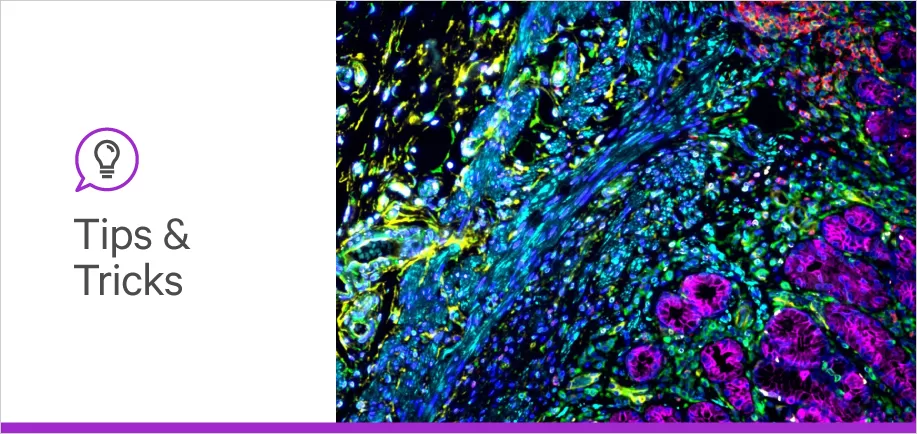
Menu

In the vast realm of immunology, you often find molecules that go unnoticed despite their profound impact on immunity. These molecules are called glycans. In this blog article, we will delve into the captivating world of glycans and their intricate relationship with T-cells. By shining a spotlight on the overlooked realm of glycobiology, we aim to unveil the vital role that these carbohydrates play in shaping our immune responses and advancing therapeutic discoveries.
The human immune system is a remarkable defense mechanism designed to safeguard our bodies from harmful pathogens and diseases. At the core of this intricate system lies a diverse array of specialized cells, working in harmony to detect, target, and eliminate threats. These immune cells, with their unique abilities and coordinated responses, form the backbone of our body’s natural defenses, ensuring our well-being and maintaining our health.
T-cells are specialized white blood cells in the human body that are key drivers of the immune response during infection and disease. Researchers are increasingly interested in understanding the nuances of T-cell behavior to diagnose or treat diseases. Key processes related to cellular function have been linked to glycosylation, a post-translational modification, and glycans have been found attached to ligands and receptors on cell membranes.
Many readily available research studies demonstrate the impact of glycan expression on the ability of T-cells to identify foreign peptides, discriminate from self-antigens, travel to infection sites, and other vital tasks related to the clearance of pathogens (1). However, the mechanisms and specific glycans behind these observations are still the subject of current research and preclinical studies.
Lectins are a broad class of glycan binding proteins found on mammalian cell surfaces and function to transduce biochemical signals. These lectins play a crucial role in immunological studies by working in concert with glycans. Various glycan-lectin interactions are key to the immune system.
“C-type” lectins, known as selectins, require calcium for binding and enable immune cell adhesion to endothelial cells during migration to sites of inflammation (2). Activated T-cells express L-selectin, a ligand receptor for GlyCAM-1, CD34, and other targets that have sulfated core 1 O-glycans. These interactions occur in the high endothelial venules of lymph nodes, allowing T-cells to tether to endothelial cells and migrate to other tissues to combat infections (3).
Another class of lectins, the sialic acid-binding immunoglobulin-like lectins (siglecs), with their immunoglobulin-like structure, also influence immunity by promoting cell-cell interactions and regulating cell functions (4).
Specific properties of glycans form the basis of their observed influences on immunity. Unlike the primary structures of proteins and nucleic acids, which are linear, glycans contain branched structures which allow them to store copious amounts of energy for biological processes. Since the immune response requires a large metabolic burden on the body, it seems logical that carbohydrates are implicated in the regulation of the process.
Other important characteristics that are worth noting because they are related to cell-to-cell interactions are that no one glycan is recognized by just a single cell receptor, and cell signaling via glycans has been demonstrably stochastic, rather than deterministic (5).
In the following section, we will explore the pivotal role of glycans in T-cell development, activation, and functionality, as well as their influence on cell-to-cell interactions and the stochastic nature of glycan-mediated cell signaling.
Thymic selection is an important biological process in which T-cells fully develop their pathogen fighting capabilities in the human thymus, an organ located under the upper center breast. Glycosylation critically impacts progression through the different stages of T-cell maturation.
Research shows that mouse models displaying N-glycosylation pathway deficiencies, specifically Mgat1 or Mgat2 genes, demonstrate substantial dysregulation in key T-cell developmental stages, such as regulatory and γδ T-cells development (6). These subpopulations of T-cells are critical to human immunity and also perform a variety of effector functions as part of innate immunity and tumor surveillance.
T-cells are activated during the immune response by engagement of their T-cell receptor (TCR) and co-receptor by the major histocompatibility complex (MHC) displaying foreign pathogen peptide on antigen-presenting cells or infected cell surfaces. Glycans on both the TCR and MHC have been shown to majorly impact immunity.
In particular, N-glycans have demonstrated the ability to maintain stability at the immunological synapses of T-cell interaction with an infected cell by preventing TCRs from over-aggregating at the MHC site of binding. This is important because otherwise it can lead to auto-activation where T-cells become auto-reactive and able to stimulate themselves, causing problems of autoimmunity.
Although the N-glycans present on the TCR assist in surface receptor localization, it is thought that they do not directly impact the binding with MHC (7). However, it was recently shown that the glycan attached to MHC-I significantly influences the affinity of their interactions with Chaperones Tapasin and TAP-binding protein. While not directly related to the T-cell interaction, glycans inside the infected cell are demonstrably impactful on the resulting antigen display, and thus directly modulate the immune system as well (8).
It is also important to point out that, in addition to activation, glycans are also involved in the attenuation of the T-cell response. A recent study has shown VSIG4 on macrophages to be a negative regulator of T-cells and that the mechanism of action is through its binding interaction with GAGs, specifically heparan sulfates, on the T-cell surface. (9)
Current and potential uses for glycan-based immunotherapies have strong efficacy because their mechanism of action is through the modulation of T-cells. This includes a wide range of commercially available therapies like vaccines and novel cancer therapies, like chimeric antigen receptor (CAR) T-cells.
While vaccines are a well-established immunotherapy, CAR-T-cells are a more recent therapy based on the genetic manipulation of a patient’s own T-cells ex vivo to kill cancer cells. It is well documented that the conjugation of polysaccharides to carrier proteins, as seen in neoglycopeptide vaccines, increases the humoral response through interactions between T-cells and glycan-specific B-cells (10).
In the development of CAR-T therapies, it has been shown that N-glycans shield tumors from immune clearance by CAR-T-Cells by interfering with the ability of CARs to produce cytokines and engage receptors on cancer cells. However, experimental 2-deoxy-d-glucose treatment in combination with CAR-T-Cells demonstrated remarkable efficacy by disrupting the N-glycan curtain on cancer cells (11). This discovery was recently published and highlighted as a potential breakthrough for CAR-T-Cell efficacies against solid tumors (11), which has been shown to be a longstanding problem.
Commercial CAR-T-Cell therapies have only been shown to be extremely effective on blood cancers with not much success against tumors in other organs, but now the ability to probe N-glycans on tumors may ultimately unleash the full potential of these novel immunotherapies.
Glycans have been demonstrated to play diverse roles in T-cell development, activation, and functionality. More importantly, the scope of glycan-based therapies keeps expanding, and this burst of knowledge in glycans and immunology will continue to offer new and/or better pathways to develop immunotherapies.
To learn more about glycans and lectins (glycan binding proteins) and how they can be utilized in your workflow to push forward immunology research, check out our Exploring the World of Glycobiology ebook. For other resources and tips and tricks, stay tuned to the blog.





Stay in the Loop
Join Our Online Community
The latest news, tips, and product releases delivered conveniently to your inbox.
We’re social scientists! Let’s connect.
Together we breakthroughTM

©Vector Laboratories, Inc. 2023 All Rights Reserved.